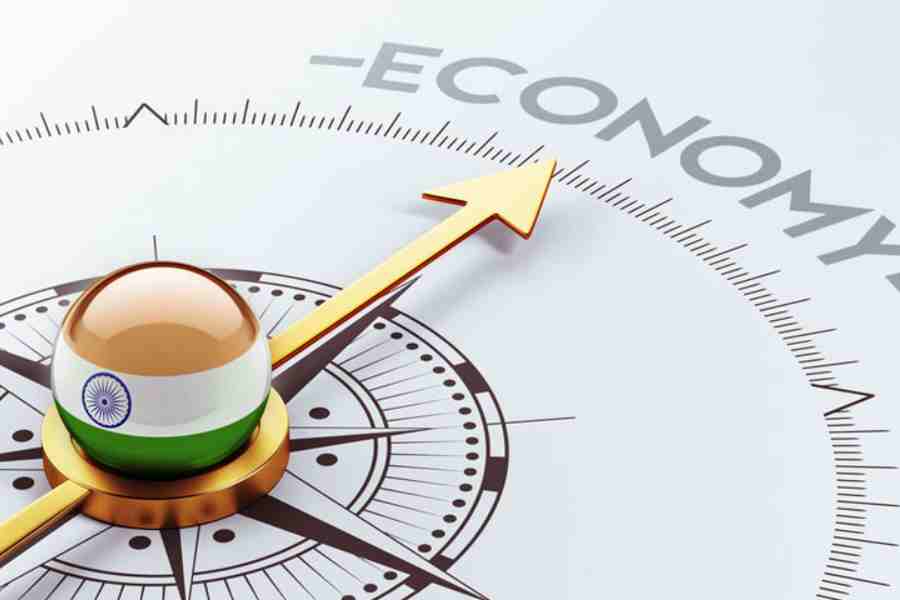Nagaland on Friday became the first state in the Northeast to release the District Domestic Product (DDP) report, considered an important tool to measure a district’s economic health and help address inter-district economic disparity.
According to the DDP report, Dimapur district has the largest economy with a gross district domestic product (GDDP) value of ₹5,43,611.00 lakh during 2019-20, while Longleng is the smallest with a value of ₹62,112.00 lakh.
Dimapur district also has the highest per capita income with a value of ₹1,54,002.00 while Mon has the lowest amongst the districts with a value of ₹77,738.00.
H. Sethrongkyu Sangtam, advisor for economics & statistics and IT, who released the first report on the DDP of Nagaland during a day-long state-level workshop held in Kohima on Friday, said that the DDP report will “help address the inter-district economic disparity” in the state and “bring about balanced regional development and realize the economic potential of each district”.
Nagaland has 16 districts. The introduction of the DDP is a significant step towards understanding the economic dynamics at the district level and addressing regional disparities.
Sangtam said the Gross State Domestic Product (GSDP) was the most important indicator to know the level of development achieved by state’s economy.
The GSDP of Nagaland currently was estimated to be ₹39,566 crore with a growth rate of 7.73 per cent.
Emphasising the importance of GSDP, Sangtam said the GSDP estimate is used by the Ministry of Finance for devolution of funds to the states.
He also said that as per the finance commission’s recommendation, state governments are allowed to borrow 3 per cent of the estimated GSDP from financial institutions.











